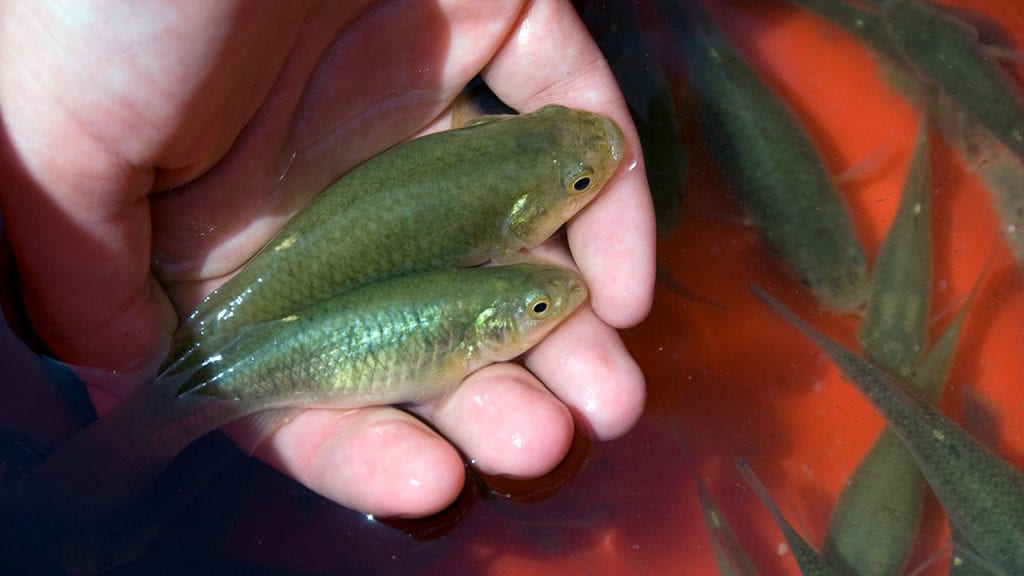Why are some species of fish able to adapt to pollution levels that are lethal to others? To answer that question, WHOI biologists Mark Hahn and Sibel Karchner are studying the remarkable resilience of Atlantic killifish, common estuarine fish about three inches long. The researchers analyzed four independent, geographically separated populations of killifish that have all evolved resistance to industrial chemicals. The new findings suggest that the species’ genetic diversity gives them the ability to quickly adapt and survive in highly contaminated environments. “It doesn’t seem to be just one gene that is responsible for the resistance,” Hahn says. “It’s a group of genes that are all part of the same pathway.” (Photo by Tom Kleindinst, Woods Hole Oceanographic Institution )
Image and Visual Licensing
WHOI copyright digital assets (stills and video) on this website can be licensed for non-commercial use upon request and approval. Please submit your request via our Media Request Form.
For assistance or accessibility accommodations, call (508) 289-2647.
